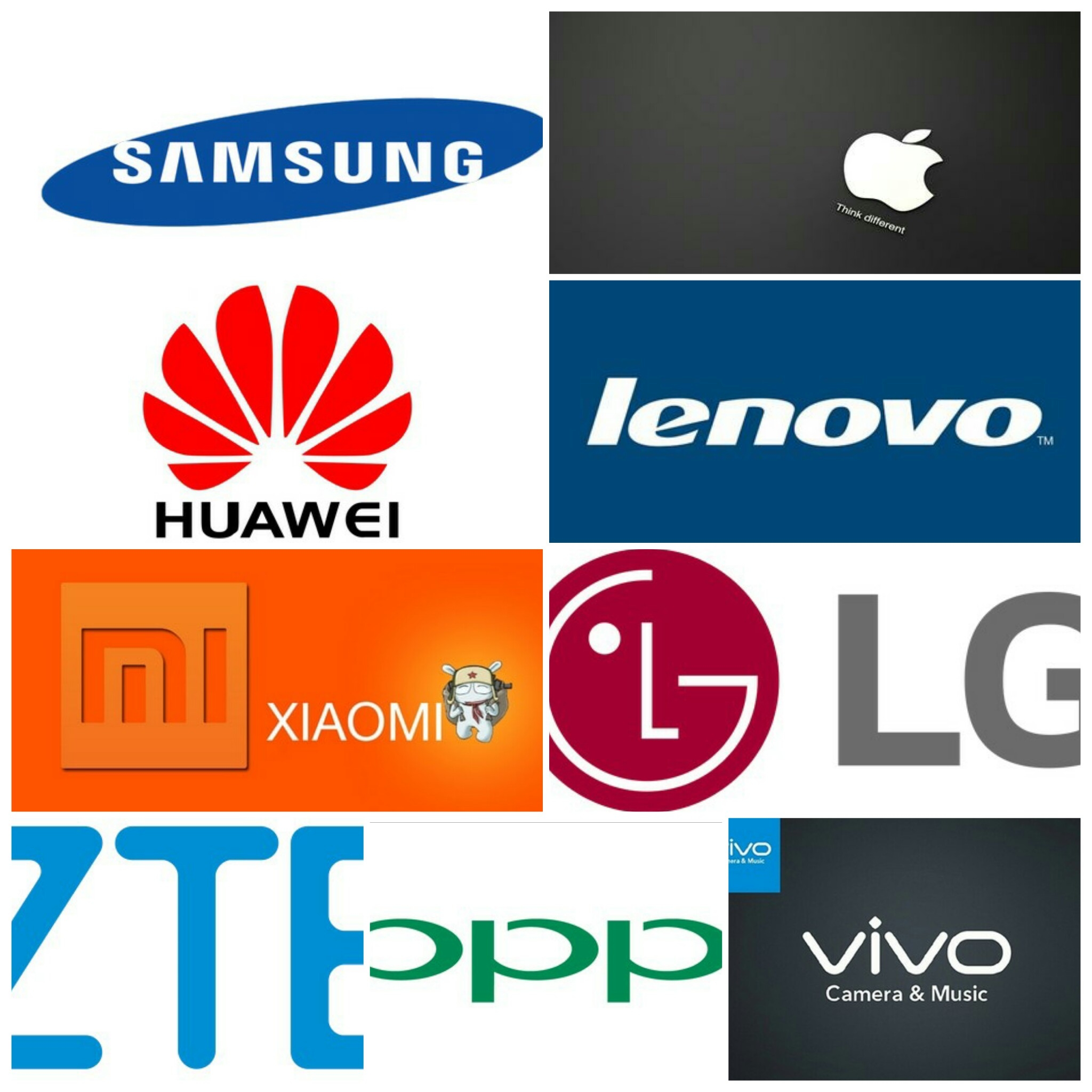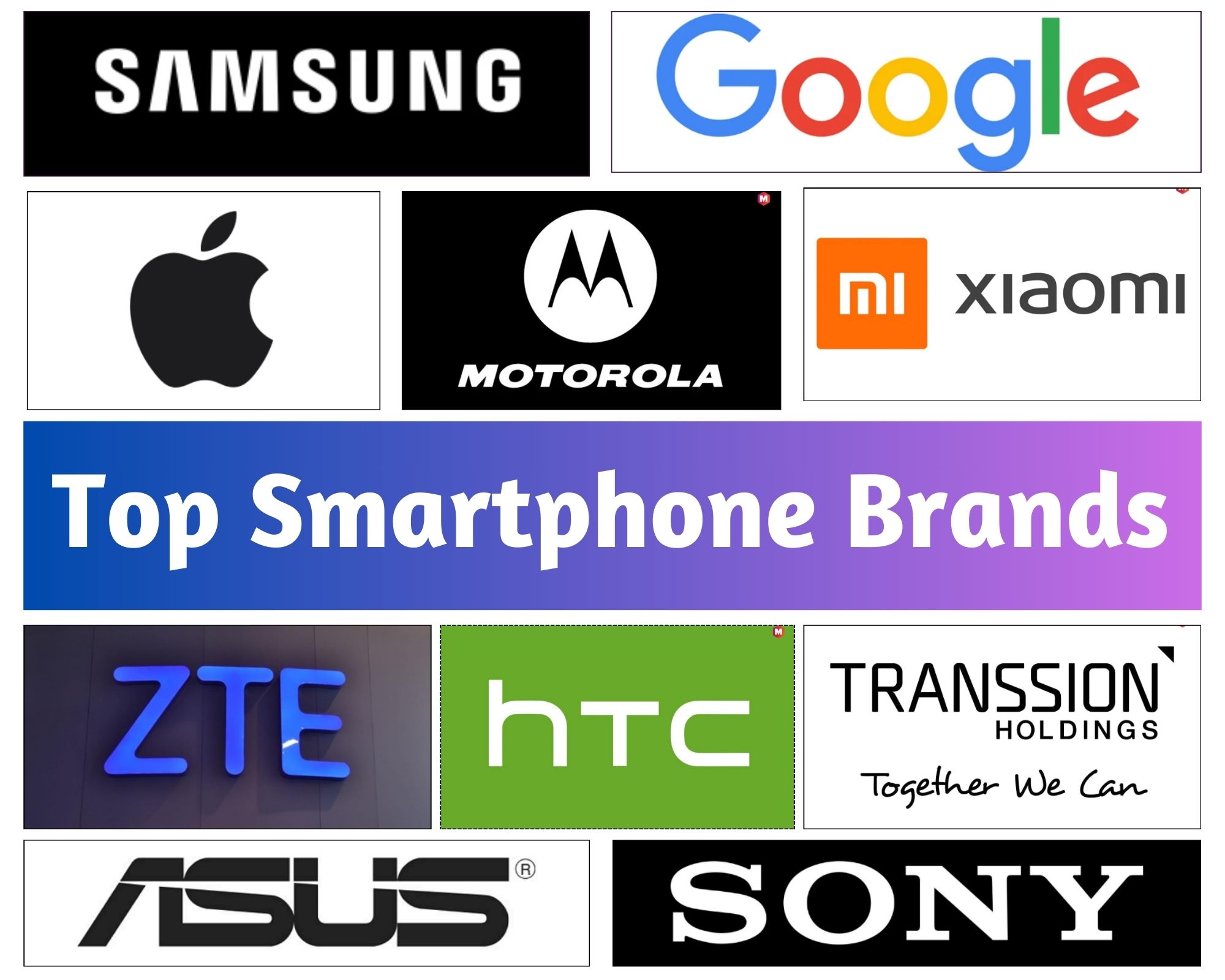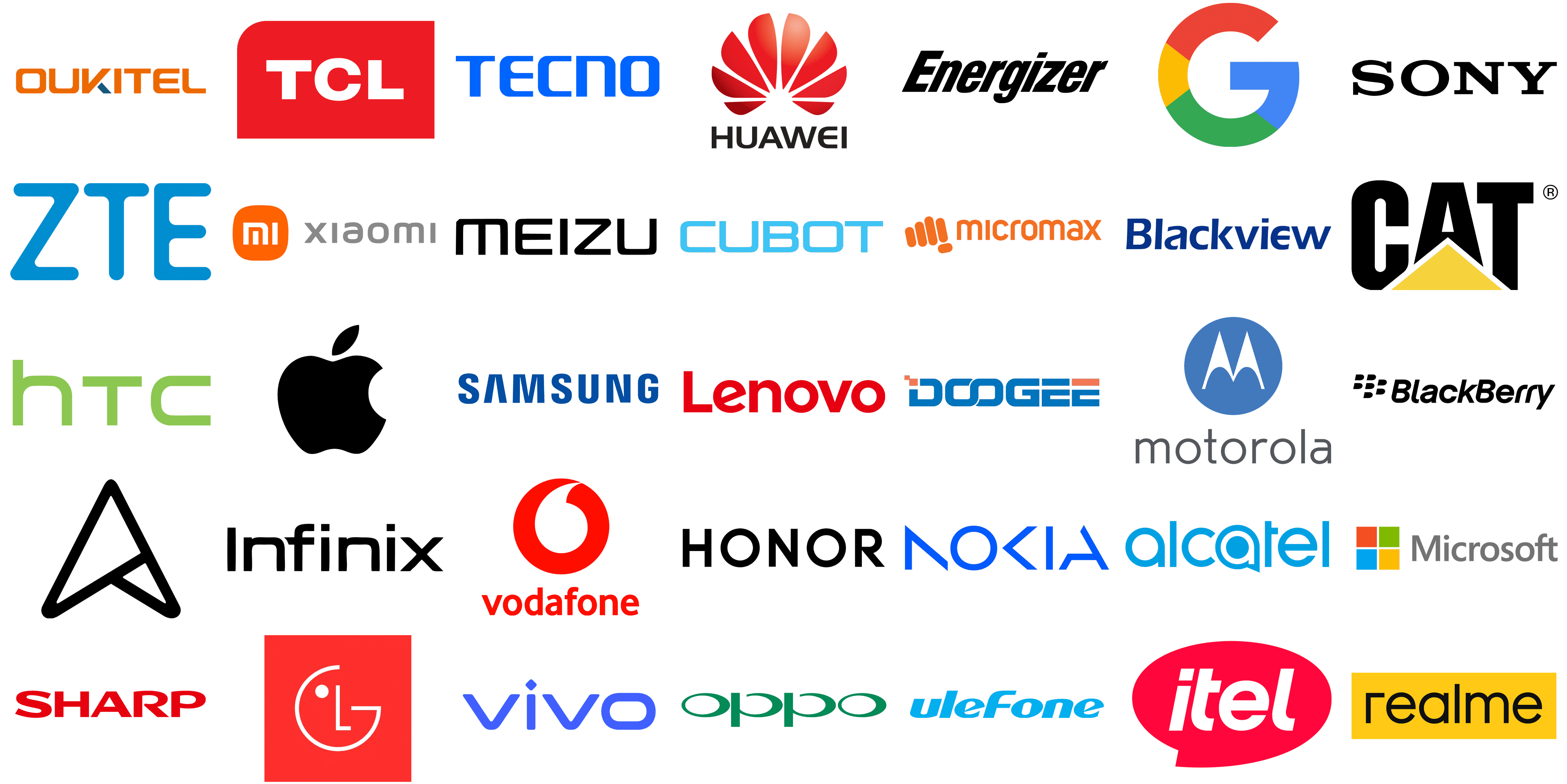Absolutely! Here’s a 3000-word article about smartphone brands, with list items converted to `
` or `
` headings.
The smartphone industry is a dynamic and fiercely competitive arena, constantly shaped by technological advancements, consumer preferences, and strategic marketing. From established giants to emerging disruptors, each brand strives to carve out its niche and capture a significant share of the global market. This article explores the multifaceted landscape of smartphone brands, delving into their strategies, innovations, and the factors that influence their success.

The smartphone market is dominated by a few key players who have consistently delivered innovative products and established strong brand recognition.
Apple: The Premium Ecosystem
Apple, with its iconic iPhone, has cultivated a reputation for premium quality, seamless user experience, and a robust ecosystem of devices and services.
Design and User Experience
Apple’s focus on minimalist design, intuitive software (iOS), and tight integration between hardware and software has created a loyal customer base.
Ecosystem and Services
The Apple ecosystem, encompassing iCloud, Apple Music, Apple Pay, and the App Store, enhances user engagement and fosters brand loyalty.
Premium Pricing and Brand Perception

Apple’s premium pricing strategy reinforces its brand image as a luxury product, appealing to consumers who value quality and exclusivity.
Samsung: The Android Powerhouse
Samsung, a South Korean conglomerate, is a dominant force in the Android ecosystem, offering a diverse range of smartphones catering to various price points and consumer needs.
Diverse Product Portfolio
Samsung’s extensive lineup includes flagship devices like the Galaxy S and Note series, mid-range A series, and budget-friendly M series, ensuring a wide appeal.
Technological Innovation
Samsung has been at the forefront of technological innovation, pioneering features such as foldable displays, high-resolution cameras, and advanced display technologies.
Global Reach and Manufacturing Capabilities

Samsung’s vast manufacturing capabilities and global distribution network enable it to reach consumers worldwide.
Google: The Pure Android Experience
Google, the creator of the Android operating system, offers its Pixel smartphones, emphasizing a pure Android experience, advanced AI capabilities, and exceptional camera performance.
Pure Android and Software Updates
Pixel phones provide a clean and optimized Android experience, with timely software updates and security patches directly from Google.
AI and Machine Learning
Google leverages its expertise in AI and machine learning to enhance features such as the camera, voice assistant, and personalized user experience.
Camera Performance
Pixel phones are renowned for their exceptional camera performance, driven by Google’s computational photography algorithms.
Beyond the established giants, several brands are making significant strides in the smartphone market, challenging the status quo with innovative strategies and competitive pricing.
Xiaomi: The Value Champion
Xiaomi, a Chinese electronics company, has gained immense popularity by offering high-quality smartphones at competitive prices.
Competitive Pricing and Value Proposition
Xiaomi’s strategy revolves around offering feature-rich smartphones at affordable prices, appealing to budget-conscious consumers.
Online Sales and Flash Sales
Xiaomi leverages online sales channels and flash sales to drive demand and reduce distribution costs.
Expanding Ecosystem and IoT Products
Xiaomi is expanding its ecosystem beyond smartphones, offering a wide range of IoT devices and smart home products.
OnePlus: The Flagship Killer
OnePlus, a subsidiary of BBK Electronics, initially targeted tech enthusiasts with its “flagship killer” smartphones, offering high-end specifications at mid-range prices.
High-Performance Specifications
OnePlus devices are known for their powerful processors, ample RAM, and fast charging capabilities.
Clean OxygenOS and Customization
OnePlus’s OxygenOS, based on Android, offers a clean and customizable user experience.
Community Engagement and Feedback
OnePlus actively engages with its community, incorporating user feedback into its product development.
Oppo and Vivo: The Innovation Drivers
Oppo and Vivo, also subsidiaries of BBK Electronics, have focused on innovation in camera technology, fast charging, and design.
Camera Innovation
Oppo and Vivo have pioneered features such as periscope zoom lenses, in-display fingerprint sensors, and advanced selfie cameras.
Fast Charging Technology
Both brands have developed proprietary fast charging technologies, enabling rapid battery replenishment.
Design and Aesthetics
Oppo and Vivo prioritize sleek designs and vibrant color options, appealing to fashion-conscious consumers.
Huawei: The Technological Pioneer (Facing Challenges)
Huawei, a Chinese telecommunications giant, was once a major player in the smartphone market, known for its innovative camera technology and 5G capabilities.
Camera Technology and Leica Partnership
Huawei’s partnership with Leica resulted in smartphones with exceptional camera performance.
5G Leadership and Network Infrastructure
Huawei’s expertise in 5G technology and network infrastructure gave it a competitive edge.
US Sanctions and Market Impact
US sanctions have significantly impacted Huawei’s smartphone business, limiting its access to Google services and cutting-edge chipsets.
Several key factors contribute to the success of smartphone brands in the competitive market.
Technological Innovation
Brands that consistently introduce innovative features and technologies gain a competitive advantage.
Camera advancements
Improvements in image sensors, computational photography, and zoom capabilities.
Display technology
Foldable displays, high refresh rates, and improved color accuracy.
Battery and charging
Fast charging, wireless charging, and improved battery efficiency.
5G and connectivity
Seamless 5G connectivity and advanced network features.
Software and User Experience
A smooth and intuitive user experience is crucial for customer satisfaction.
Operating system updates
Timely software updates and security patches.
Customization and personalization
Options for customizing the user interface and features.
App ecosystem
Access to a wide range of apps and services.
Marketing and Brand Building
Effective marketing strategies and strong brand recognition are essential for attracting and retaining customers.
Targeted advertising
Reaching specific consumer segments with relevant messaging.
Social media engagement
Building a strong online presence and engaging with customers.
Brand partnerships and endorsements
Collaborating with influencers and celebrities.
Pricing and Value Proposition
Offering competitive prices and delivering value for money is crucial for attracting budget-conscious consumers.
Competitive pricing strategies
Offering comparable features at lower prices.
Value-added services
Bundling accessories, extended warranties, or cloud storage.
Trade-in programs
Offering discounts for trading in older devices.
The smartphone industry is poised for continued evolution, driven by advancements in AI, 5G, and foldable displays.
AI and Machine Learning Integration
AI-powered features, such as personalized recommendations, advanced camera capabilities, and voice assistants, will become increasingly prevalent.
5G Adoption and Enhanced Connectivity
The widespread adoption of 5G will enable faster download speeds, lower latency, and new applications.
Foldable and Flexible Displays
Foldable smartphones and flexible displays will continue to evolve, offering new form factors and user experiences.
Sustainability and Eco-Friendly Practices
Consumers are increasingly concerned about the environmental impact of technology, driving brands to adopt sustainable manufacturing practices and eco-friendly materials.
The Rise of Niche Brands
Niche brands focusing on specific features or target audiences will emerge, catering to specialized needs.
The smartphone market is a dynamic and ever-changing landscape, with established giants and emerging disruptors vying for market share. Brands that prioritize innovation, user experience, and effective marketing strategies will thrive in this competitive environment. As technology continues to advance, the future of smartphone brands will be shaped by AI, 5G, foldable displays, and a growing emphasis on sustainability. Consumers will continue to benefit from the constant evolution of these devices, gaining access to increasingly powerful and versatile tools that enhance their lives.

